How to Grow and Care for Phalaenopsis Orchids
Updated: Nov. 30, 2023
Ready to give growing orchids a try? Phalaenopsis, also known as moth orchids, are a great place to start for beginners.
Even experienced gardeners are sometimes afraid to try growing orchids. They seem too exotic, too complicated, as if they require greenhouses and constant care. In reality, though, many types of orchids are perfect for the beginning houseplant grower, and phalaenopsis (say “fay-lay-NOP-sis”) is a great example. Here are the basics to get you started.
Love orchids? Check out our complete guide to orchid care.
On This Page
All About Phalaenopsis Orchids
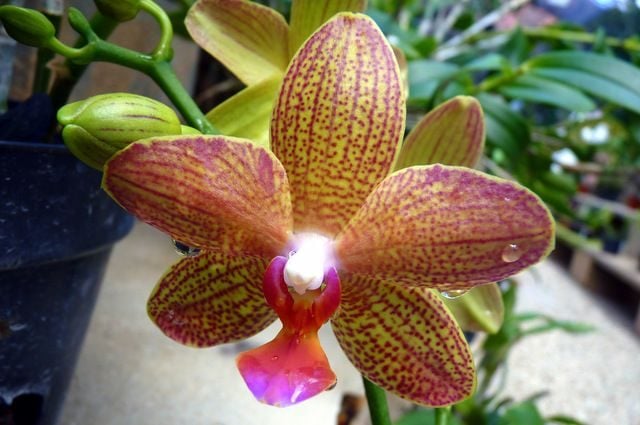
Phalaenopsis is a group of about 60 orchids that are native to Southeast Asia, where they grow in the canopies of humid lowland forests, protected from the direct sun. They are epiphytes (air plants) and don’t need soil to grow. Instead, they’re often found in the crooks of trees or even growing from rocks. They have a single flowering stalk per plant, with multiple large blooms that can last weeks or even months.
This species has been extensively hybridized, giving those ready to start growing orchids a huge variety of flower colors and patterns to choose from. The classic white phalaenopsis may have inspired the genus name, which means “moth-like”. Phalaeonopsis are sometimes called moth orchids.
Other popular varieties of orchids include cattleya and dendrobium.
Temperature Needs
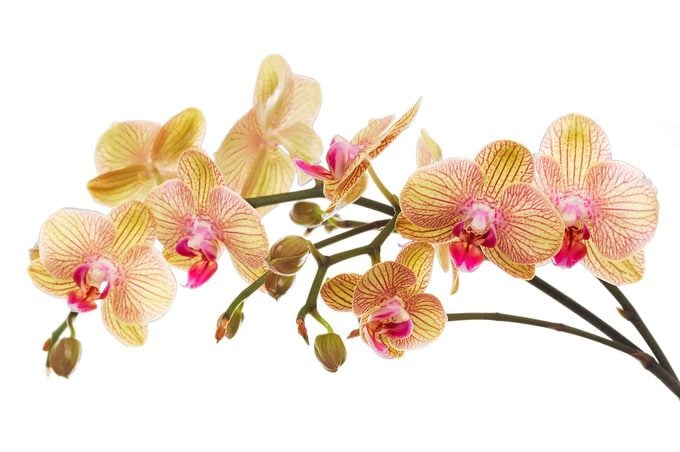
Phalaenopsis orchids enjoy the same temperatures as most people, making them ideal houseplants. They prefer days in the 70s and nights in the low 60s. In warmer temperatures, they need more humidity.
Exposure to cool nighttime temps (55 degrees F) or so for a short period of time may help plants that seem reluctant to flower.
Check out the top 10 blooming houseplants to grow indoors.
Light Needs
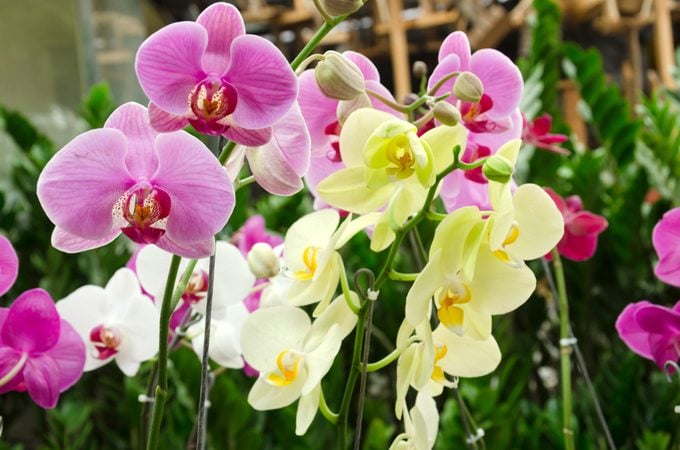
Filtered bright light is best for growing orchids like phalaenopsis, since it mimics their native habitat. These low-maintenance beauties thrive in any light except direct sun, which can cause damage. Try an east-facing window, or a south or west window covered with a sheer curtain.
A healthy phalaenopsis has olive green leaves. Red on the edges of the leaves means it’s getting too much light.
Water Needs
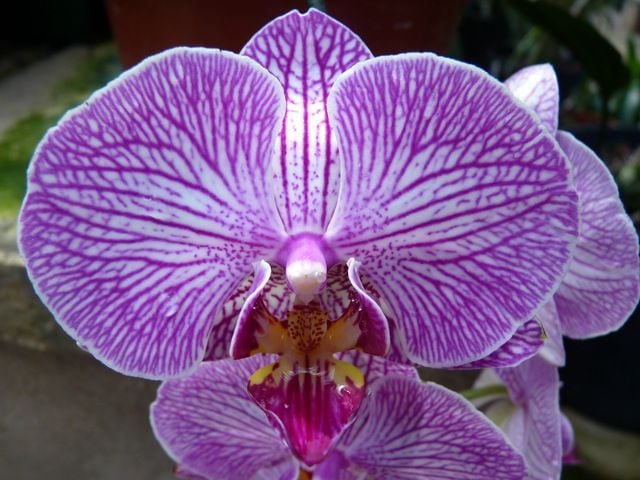
In general, a phalaenopsis needs to be watered about once a week. Some sites suggest using only rainwater, but tap water is most likely fine as long as you don’t have a water softener installed. You can provide extra humidity by filling a shallow dish with pebbles and water and setting the plant pot on top.
Never let the roots stand in water, as they will rot. Also, don’t allow water to sit in the crown (where the leaves meet the stem), or you may experience crown rot.
Potting Mix and Fertilizer
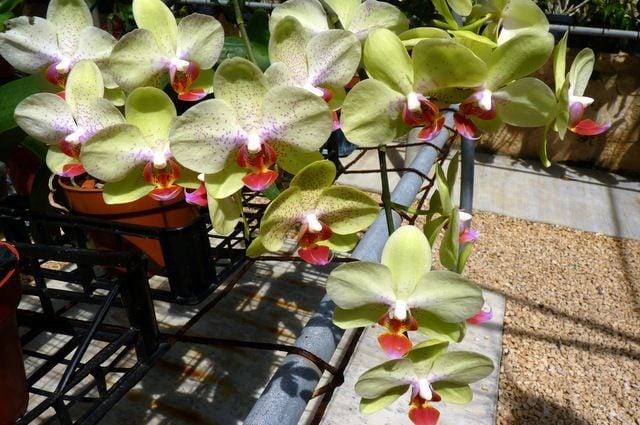
Epiphytes like orchids need quick-draining potting material. Specially-designed orchid mixes made of bark, sphagnum moss, and other loose fillers are ideal. Do not use traditional potting soil or soil from your garden. Ensure the pot has holes for good drainage.
Feed using any balanced fertilizer at 25 percent of the recommended strength. The American Orchid Society recommends feeding weekly in warm humid conditions, and twice a month in cooler environments.
Learn how to repot orchids and other indoor plants.
Maintenance and Pruning
When phalaenopsis flowers finally fade, cut back the flower stalk just above the node where the first flower was. A new stalk will grow from that point, with flowers appearing in a couple of months. If the stalk itself turns brown and dies, cut it back close to the base and a new stalk will appear in time.
Yellowing leaves on the bottom of the plant are reaching the end of their natural life cycle, and can be removed.
Next, learn how to grow oncidium, or Dancing Lady orchids.
Sources:
- University of Maryland Extension
- The American Orchid Society
- Iowa State University Extension and Outreach
